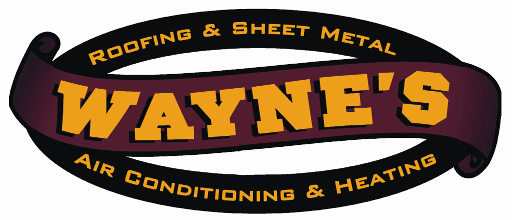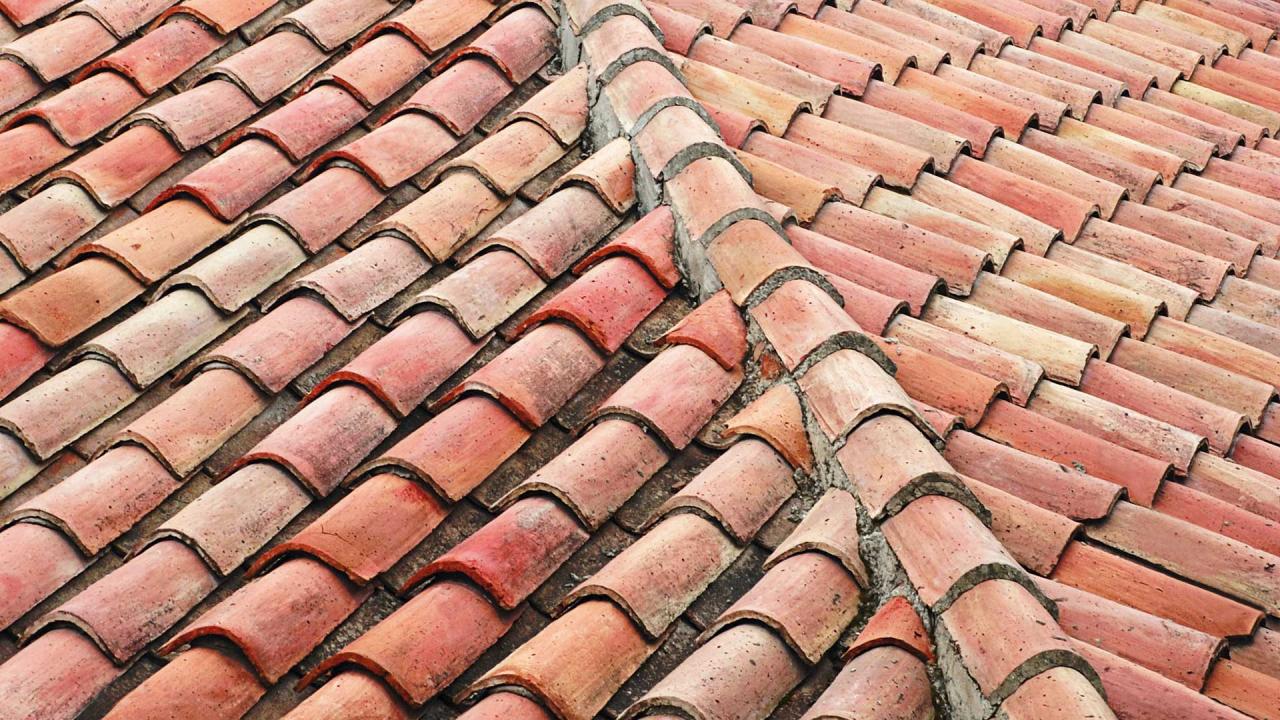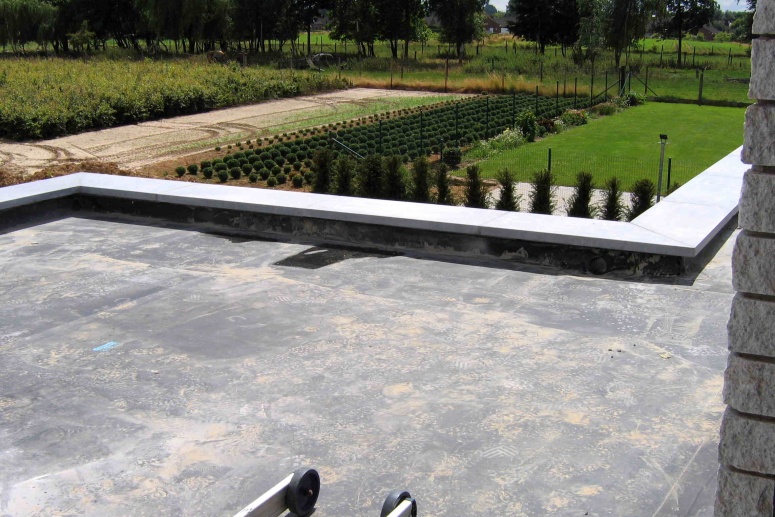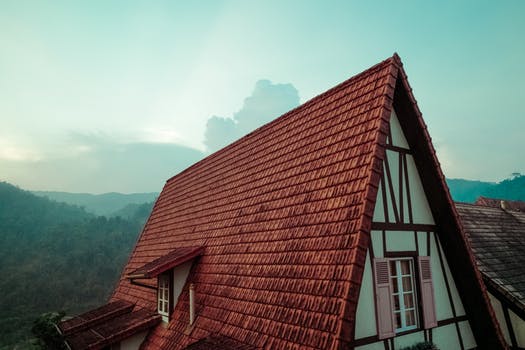Roofing material is very important for the house and attic, and it is often overlooked and underestimated when planning the construction. Meanwhile, it is he who determines the durability and appearance of the roof, as well as less obvious problems, such as the level of noise in the attic.
When choosing a roofing material is very important to analyze the form of the roof, which sometimes determines the type of outdoor material. The most important thing is not to change the type of coverage during construction without consulting with the architect since the information and recommendations included in the project are mandatory.
In single-family private houses, three types of roofing materials are the most popular: shingles, metal tiles, ceramic tiles, or cement-sand tiles. Let’s look at each of the options, and note their pros and cons.
#1 Metal tile
Metal tiles are galvanized steel sheets with a double-sided protective coating of polymers. Each manufacturer has its own technology, so when choosing it is necessary to consider: the thickness of the metal, the amount of zinc sprayed per square meter, and the type of polymer coating.
The shape of the relief sheet imitates natural tile. And in this case, each manufacturer offers its relief shape – the width of the tile and the height.
The inexpensive metal tile on average serves till 20 years. Such world leaders as RUUKKI have a warranty period for products from 20 to 50 years, depending on the product line, and the service life is much longer. Therefore, if you choose the average price segment, you can count on the service life of 30 to 50 years.
Advantages of metal roofing:
- Easy installation,
- Fire safety,
- Low weight (not too heavy load on the roof system)
- Reasonable price
- Large selection of profiles and colors.
Cons of metal roofing:
- The almost complete lack of sound insulation.
- On the “complex” roofs a large amount of waste.
#2 Ceramic Tile
Ceramic tile, perhaps, the most favorite material for the finishing of a roof. Ceramic tiles are created in the process of burning clay. Since clay is rarely found in homogeneous sediments, tiles vary in hue even in the same production batch.
Thanks to the impregnation, it is possible to color the tiles as you wish. The rafter system for such a roof must be “durable” and it can withstand a large weight of the roof, plus possible loads for large precipitations in winter. It is also necessary to maintain the minimum and maximum angle of inclination of the roof, from 20 to 60 degrees, respectively.
Advantages of ceramic tiles:
- Service life – up to 150 years,
- Installation on difficult surfaces,
- Easy repair,
- Fire safety,
- Noise isolation.
Cons ceramic tiles:
- The price is a rather expensive material,
- The complexity of installation,
- Large weight – requires a “reinforced” truss system.
#3 Cement-Sand Tile
This type of tile is made of cement mortar, has almost the same characteristics as the ceramic, with almost no difference in appearance. It is somewhat cheaper, and the service life is somewhat less – up to 100 years. All the pros and cons of cement-sand tiles are identical to ceramic.
#4 Shingles
This material belongs to soft roofs, which is based on fiberglass, covered on both sides with bitumen with special additives. On the outer surface is applied a layer of basalt or slate crumb. A layer of stone dust (granulate) – serves to protect the sheet, and for aesthetics. Shingles can be mounted on the roof of any complexity, while not a lot of waste is obtained.
It provides high thermal insulation and sound insulation. In the market, you can find a large selection of cutting shapes and colors. Unlike metal tiles, where stepper sheathing is required for a sheet, shingles require a solid base. This increases costs, but the benefits of operating it are worth it. The service life of the material of the average price segment of 40 years or more Installation technology is not very complicated, but still, it is better to entrust it to an experienced roofers.
Advantages of shingles:
- Installation on the roof of any complexity,
- Thermal insulation,
- Sound insulation,
- Lifetime use,
- Large selection of shapes and colors.
Cons of shingles:
- Requires a solid base,
- Price,
- Weight based on the base plate – requires a “reinforced” truss system.
Conclusion
All the options considered combines a long service life. This means that by choosing any material you will not have to worry in the next 30 years. Freedom in the choice of shape and color makes it possible to make your home special, not like others.
The price range is quite wide, but if we are building a house for year-round living, you should choose a quality manufacturer. So, you have no worry about the roof.
Do you need help for roofing maintenance or application? Let our professional roofers help you!



